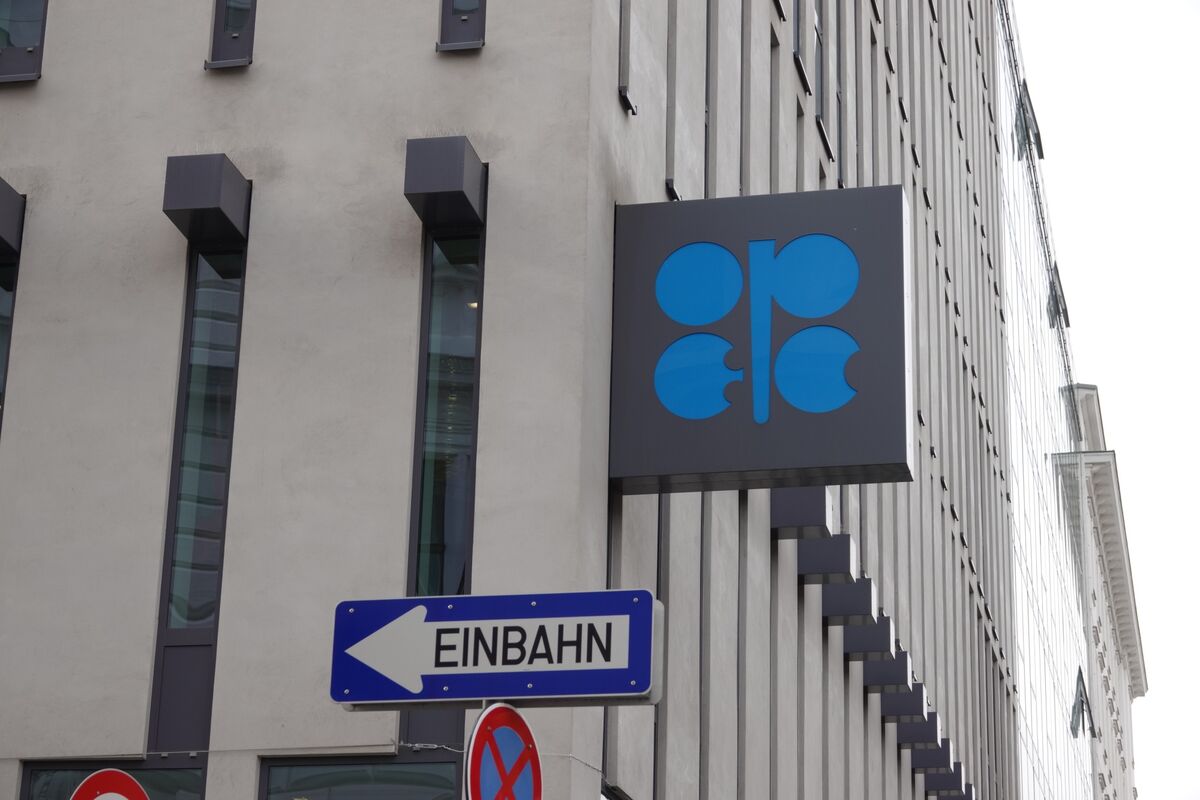Fuel Hedging Strategies: How Airlines Mitigate Oil Price Risks

Table of Contents
Understanding the Importance of Fuel Hedging for Airlines
The aviation industry is heavily reliant on jet fuel, making it extremely vulnerable to fluctuations in oil prices. Fuel costs typically constitute a substantial portion (often over 20%) of an airline's operating expenses. A sudden spike in oil prices can severely erode profitability, forcing airlines to either absorb the increased costs, potentially leading to losses, or pass them on to consumers through higher ticket prices, impacting demand. This volatility significantly affects operational budgets and long-term financial planning. Fuel hedging is a proactive risk management tool designed to mitigate these price fluctuations and provide financial predictability.
- Fuel costs represent a substantial portion of airline operating expenses: Anything from 20% to 40% depending on factors such as route length, aircraft type and efficiency.
- Fluctuations in oil prices directly impact profitability and ticket pricing: Unpredictable price swings can significantly affect an airline's bottom line.
- Effective fuel hedging can stabilize fuel costs and improve financial predictability: Hedging allows airlines to lock in future fuel prices, reducing the uncertainty surrounding fuel expenses.
Common Fuel Hedging Strategies Employed by Airlines
Several sophisticated strategies are employed by airlines to manage fuel price risk. Each approach presents a unique balance between risk mitigation and potential profit. Let's examine some of the most common methods:
Futures Contracts
Futures contracts are agreements to buy or sell a specific quantity of aviation fuel at a predetermined price on a future date. These contracts are traded on commodity exchanges and provide a mechanism to lock in a future price, reducing exposure to price volatility.
- Advantages: Price locking, risk reduction, and improved budget forecasting.
- Disadvantages: Potential for losses if oil prices fall below the locked-in price. Requires sophisticated market analysis and expertise.
- Examples: An airline might purchase futures contracts to cover a significant portion of its anticipated fuel needs for the next quarter, effectively locking in a price and reducing the uncertainty surrounding fuel costs during that period.
Options Contracts
Options contracts offer more flexibility than futures. They provide the right, but not the obligation, to buy (call option) or sell (put option) fuel at a predetermined price by a specific date.
- Advantages: Limited losses compared to futures, flexibility to adjust hedging strategy based on market conditions, and the potential for upside if prices rise.
- Disadvantages: The premium paid for the option represents a cost.
- Example: An airline might purchase put options to protect against a significant price increase, limiting potential losses while maintaining the opportunity to benefit from price decreases.
Swaps
Fuel swaps involve exchanging variable fuel costs for fixed payments with a counterparty. This transfers the price risk to the counterparty, providing airlines with price certainty.
- Advantages: Transforms variable fuel costs into predictable expenses.
- Disadvantages: Requires specialized financial expertise and finding a reliable counterparty. May not be the optimal strategy during periods of exceptionally low oil prices.
Collars
A collar strategy combines buying put options (protection against price increases) and selling call options (limiting potential upside gains). This creates a price range within which fuel costs are hedged.
- Advantages: Limits both upside and downside risk, providing a defined price range.
- Disadvantages: Limits potential profits if oil prices rise significantly.
Factors to Consider When Implementing a Fuel Hedging Strategy
Implementing a successful fuel hedging strategy requires careful consideration of several key factors:
- Accurate fuel consumption forecasting: Precise estimates of fuel consumption are crucial for determining the appropriate quantity of hedging instruments to purchase.
- Thorough understanding of market dynamics and price volatility: Successful hedging requires analyzing market trends, supply and demand factors, geopolitical events, and other influences on oil prices.
- Financial expertise and risk assessment: Experienced financial professionals with expertise in derivatives trading and risk management are essential for developing and managing a robust fuel hedging program. A thorough risk assessment should be conducted to determine the appropriate level of hedging.
Conclusion
This article has explored several key fuel hedging strategies airlines utilize to mitigate the risks associated with volatile oil prices. By understanding the nuances of futures, options, swaps, and collars, airlines can proactively manage their fuel costs and enhance their financial stability. Choosing the right fuel hedging strategy depends on individual risk tolerance, market outlook, and financial capabilities. The implementation of a robust airline fuel hedging program is crucial for long-term financial health in an industry significantly impacted by fluctuating fuel costs. Don't leave your airline's financial future to chance; explore fuel hedging strategies and protect your bottom line today.

Featured Posts
-
 Lion Storage Completes Financing For 1 4 G Wh Bess Project In Netherlands
May 04, 2025
Lion Storage Completes Financing For 1 4 G Wh Bess Project In Netherlands
May 04, 2025 -
 Gibonni Pojavljivanje Na Sajmu Knjiga U Sarajevu
May 04, 2025
Gibonni Pojavljivanje Na Sajmu Knjiga U Sarajevu
May 04, 2025 -
 Ufc Fight Night Predictions Sandhagen Vs Figueiredo Pick Odds And Analysis
May 04, 2025
Ufc Fight Night Predictions Sandhagen Vs Figueiredo Pick Odds And Analysis
May 04, 2025 -
 Fleetwood Macs Chart Triumph Analyzing Their Latest Albums Success
May 04, 2025
Fleetwood Macs Chart Triumph Analyzing Their Latest Albums Success
May 04, 2025 -
 Opec Decision Looms As Big Oil Resists Production Increase
May 04, 2025
Opec Decision Looms As Big Oil Resists Production Increase
May 04, 2025
